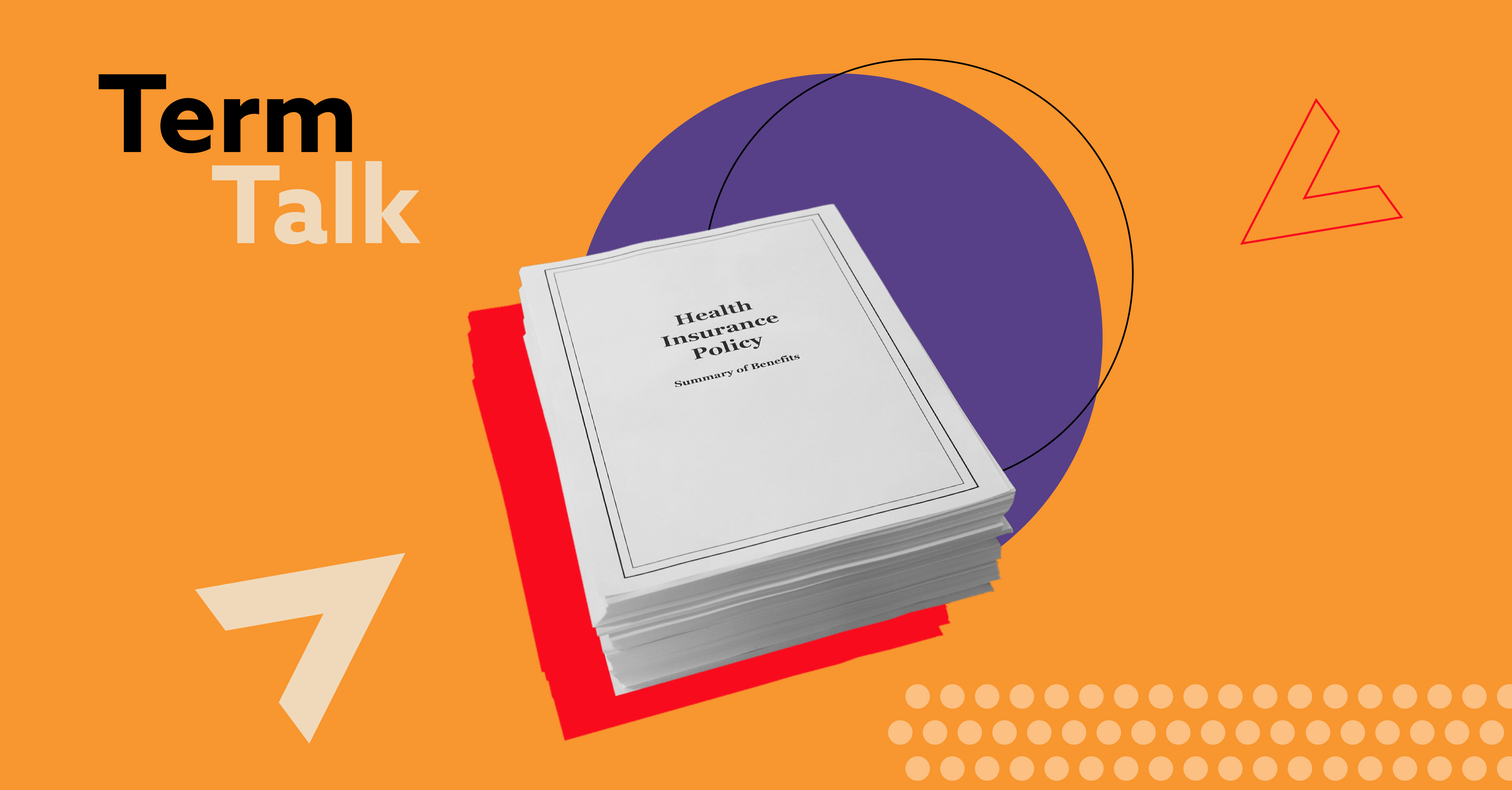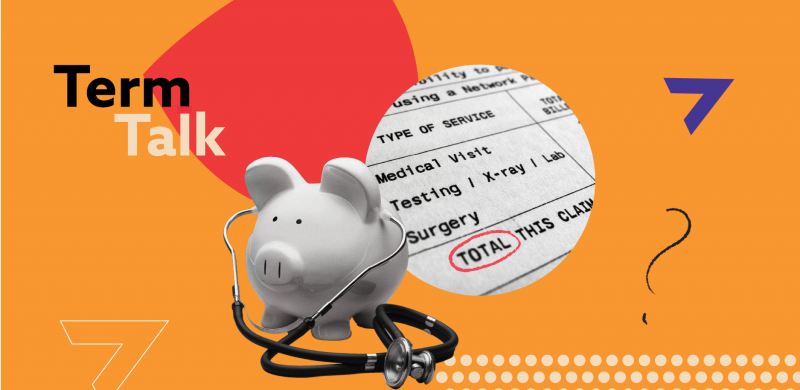
Members often have questions about their health plan, from the definition of terms to how to best utilize their coverage. Our Term Talk series aims to answer commonly asked questions to help you better understand health insurance and empower you to make decisions about your coverage that best fits your needs.
A common dilemma:
Through my online member portal, I’m trying to look up whether my health insurance will cover my recent hospital stay but am finding a lot of similarly named documents. There’s a Schedule of Benefits but also a Benefit Handbook and a Summary of Benefits & Coverage. What’s the difference and which one will tell me what health care is covered under my current health plan?

Common health plan documents
With any health plan, you’re given documents (whether virtually or through the mail) that outline the ins and outs of your health coverage, including what your insurance covers and what you might be financially responsible for with any given health need. What is detailed in these documents can vary from plan to plan, but these are some of the more common health plan documents.
Benefit Handbook: This is a document that provides detailed information on using your health plan including what benefits are covered, any exclusions, the reimbursement and claims procedure and information on appeals and complaints. The Benefit Handbook outlines how your coverage works under the plan you’ve selected—and the Benefit Handbook, along with the Schedule of Benefits and the Prescription Drug Brochure (if your plan includes outpatient pharmacy coverage) make up the legal agreement stating the terms of your plan.
Schedule of Benefits: The Schedule of Benefits states any benefit limits and member cost sharing amounts a member must pay for covered benefits. This document offers a summary of your benefits and details can be found in the Benefit Handbook.
Summary of Benefits & Coverage: The Summary of Benefits and Coverage (SBC) form summarizes health plan information and provides estimated costs of commonly used services. This form is a standardized document that was implemented as part of the Affordable Care Act, to make comparisons between health plans easier.
Prescription Drug Brochure: For plans that include outpatient pharmacy coverage, the Prescription Drug Brochure outlines what prescription drug benefits are available, as well as any member cost sharing, covered and non-covered drugs, where to buy your prescriptions and drug coverage policies.
Using your benefits
As you utilize your health insurance throughout the year, there are also a variety of terms related to that usage:
Active Summary: A monthly summary that lists the services you received, the amount the provider charged, and the amount the health insurer paid or denied. The Activity Summary is not a bill, but it will tell you if you owe your provider money. For Harvard Pilgrim members, a new Activity Summary will post each month to your online account and a copy will be mailed when you are responsible for a deductible, coinsurance or an amount not covered by your plan.
Claim: A claim is a provider’s request to be paid for your care. When providers send claims to your health insurer, the health insurer will look at your benefits and figure out who needs to pay the provider and how much. If you need to pay, you will receive a bill from the provider, which you should compare against the Activity Summary you receive from your health insurer.
Formulary: If your plan includes prescription drug coverage, your formulary is the list of drugs that are covered under your plan. Different health plans offer different formularies, so your coverage may change if you switch plans. For Harvard Pilgrim members, you can see all the drugs covered under your formulary in the prescription drug lookup.
If you’re a member that has a question about your Harvard Pilgrim health plan, contact member services. And for benefit documents and other member resources, log in to the member portal.


